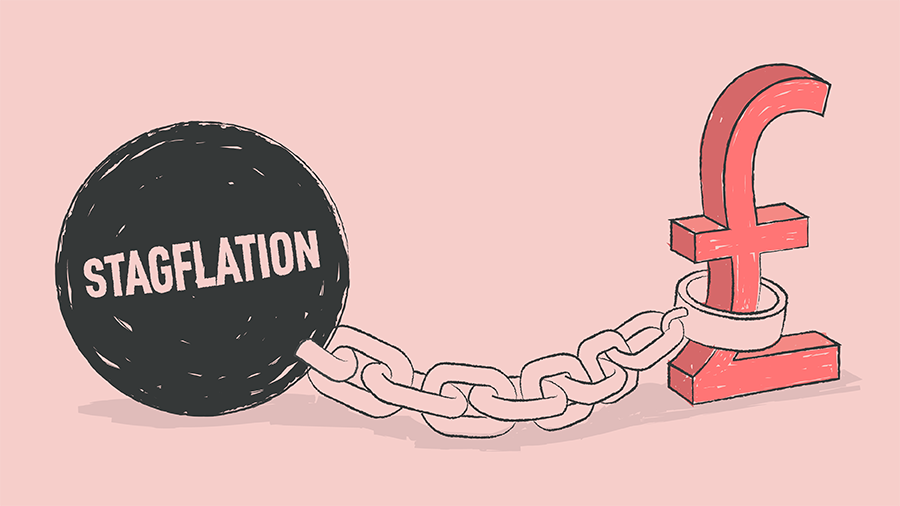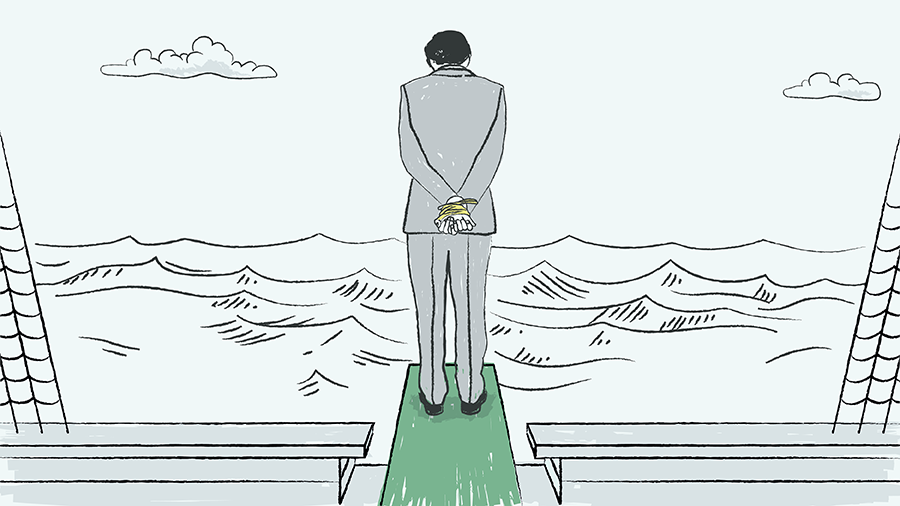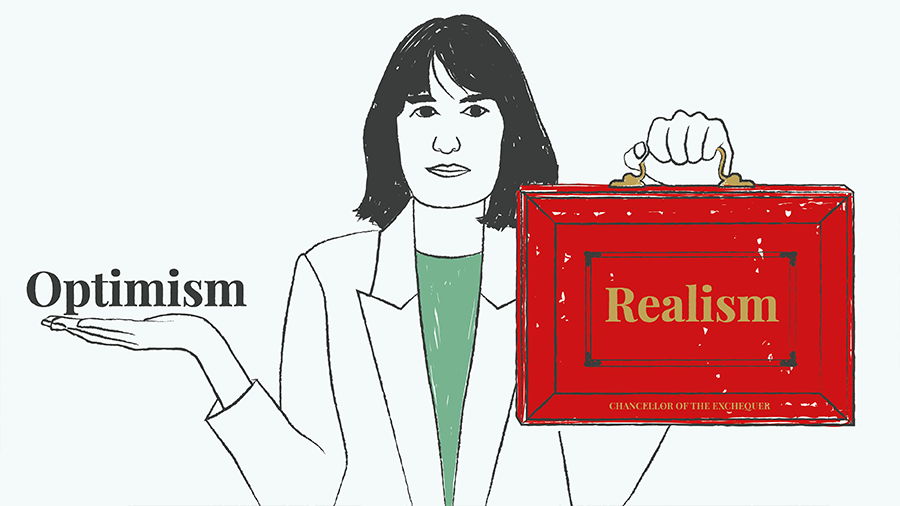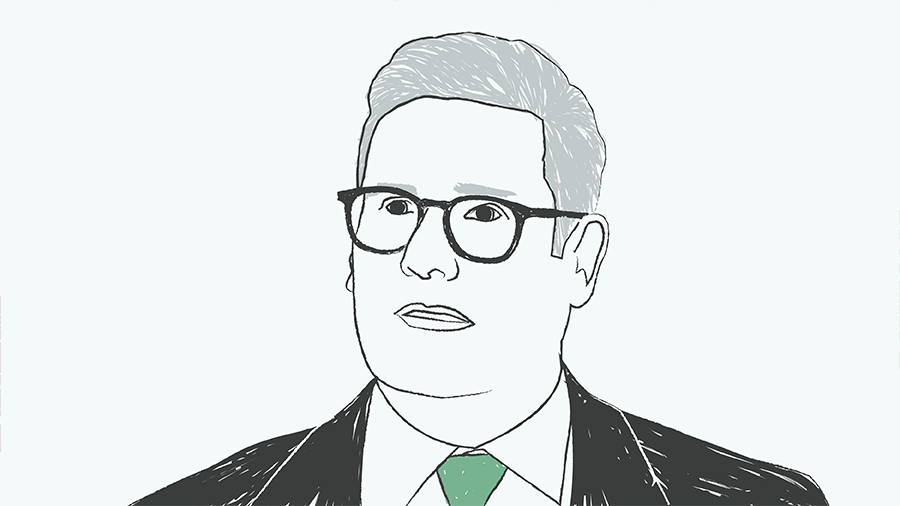
Military observers have been surprised by the brutality, but many have been equally taken aback at how poorly the supposedly mighty Russian army has performed against the Ukrainian forces, which were far weaker on paper.
It reveals some general truths about leadership and strategy. Success in war is not about which side has the greater resources, though that clearly makes a big difference. It comes down largely to the quality of decision-making, in conditions of time pressure, uncertainty and emotional duress.
Military theorist Edward Luttwak identified five levels of war where those decisions are taken :
- Grand strategy (what political outcome does a nation seek in the long term?)
- Strategy (where should we fight, what are we trying to achieve by fighting, how do we marshal the necessary resources to do so?)
- Operational (how are we going to achieve our strategic objectives at a campaign level?)
- Tactical (how will we win this or that battle?)
- Technical (how will individual troops perform in specific engagements?)
Each of these corresponds to leadership, but crucially to a slightly different type of leadership.
At the top, you need clear vision and purpose. At the strategic and operational levels you need situational awareness and the ability to synthesise different types of often incomplete information to make decisions.
The tactical level requires above all flexibility – detailed plans often don’t survive contact with reality, so commanders need to be empowered to make their own quick decisions on the ground to achieve commonly agreed objectives. Communication is critical here too.
At the technical level, you need morale, which comes back to a leader’s ability to form an emotional connection between individuals and the whole, built on empathy, a clear purpose and a common cause.
Businesses aren’t armies, but there is a lesson here that crosses the divide.
Often the CEO is expected to be the leader, performing every one of those military roles – giving the company its true north, making strategic decisions, building an organisation with the capabilities and culture of empowerment to deliver them tactically, while also motivating the front line.
Yet why would we expect one person to do all those things, or to be good at all of them when they’re actually quite different skills and aptitudes? Alexander the Great may have been responsible for his troops’ morale, campaign strategy and battle tactics. He may even have led his Macedonian Companions from the front. But in modern times this idea would be ridiculous.
Leadership of the US Army during the Second World War for example drew on the organisational genius of Chief of Staff George C Marshall, the strategic nous of President Roosevelt and General Eisenhower, and the tactical flair of George Patton.
Leadership is a team effort. Yes, there has to be one person who is ultimately accountable for performance – the commander in chief or CEO. And one would expect them to offer leadership in at least one dimension better than anyone else. But the best leaders will prioritise forming a team of leaders around them who can do the other things better than they can.
In the context of business – particularly of owner-founder businesses – this means you need the humility and self-awareness to know your strengths and limitations, a keen eye for where others might perform brilliantly in the right circumstances, and the ability to lead other leaders.
As Putin is perhaps discovering, when a leader starts behaving like an autocrat, stops questioning their own abilities and grows suspicious of competent colleagues, that’s when they set themselves up for failure.
















